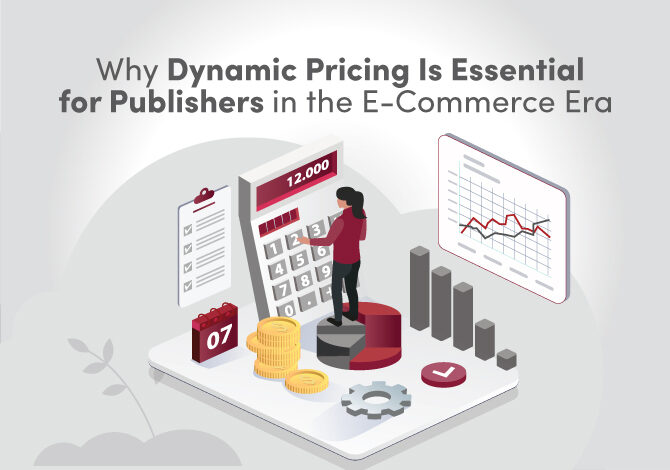For the past few years, there has been a disruption in the revenue models for publishers. For publishers of scholarly content, such as journals, magazines, engineering books, subscriptions, and renewals of print content have always been the primary drivers of revenues. Significantly, for scholarly publishers, many renewals happen during conferences or meet-ups at varying intervals. While some publishers have annual renewals, others may require a renewal to take place every 2 years, and still, others see their subscriptions lapse after a certain point in time.
Scholarly publishers have members institutions, corporate clients, libraries who often place bulk orders for larger volumes. For such members, fulfilment managers do often require to wean them with renewal offers, seasonal campaigns or promotional efforts. What about member who performs timely subscription renewals? Fulfilment team may offer a special renewal offer to reward this consistency. What about a corporate client who does belated renewals? You may offer a journal issue as a grace issue or extend the subscription or offer a seasonal promotion for timely renewal.
For large scholarly publishers, streamlining campaigns and offers is a serious concern. While they do require bespoke pricing to reach out to different clients, pricing cannot be, barring certain cases, discretionary. Thus, they need to streamline pricing so that while pricing is dynamically adjusted for specific members, customer service representatives do not require discretion at the time of renewals. Pricing, therefore, needs to be customised based on a variety of factors that take the type of the client, the location, the past history, the volume into consideration.
This has been historically different for scientific, technical and medical (STM) and social sciences and humanities (SSH) publishers. While journals have the primary purveyors of latest research in STM industry, for SSH, books have historically outpaced journals in disseminating the latest research. One reports, at the backdrop of the pandemic, forecasts that for the SSH, most of the revenues will be derived from “multi-year licenses to consortia of university libraries that cover subscriptions”1. Hence, the need to streamline pricing for such powerful clients that can support revenues models for SSH publishers, primarily medium and small publishers such as university presses.
For other non-scholarly publishers such as news corporations, the challenges are different. Often, their catalogue spans the intersecting worlds of magazines, newspapers, newsletters, TV channels and other forms of textual and multimedia content. While packaging such content is easy, dynamic pricing may be difficult. Some packages are priced based on the constituents; still others have an aggregate price that will require revenues to be redistributed to the constituents.
As more journals publishers move towards providing online content, traditional models for pricing the content will undergo a change. It is evident that as publishers, regardless of their type, create more online content, such content is increasingly disseminated through e-commerce platforms or hosting platforms integrated with e-commerce. These platforms provide publishers the opportunity to customise the pricing based on the geography (will a member of Group A country be charged the same as a Group C country?), demography (how will pricing vary for a large institution or a large corporate client and a medium-sized institution or corporate client?) or order history. For consortia members, the pricing will vary too. With hosting platforms and content discovery platforms, usage statistics may become an important factor in determining pricing. Usage and access denials or turnaways can help publishers figure out pricing for members based on their opportunity.
With THINK 365, publishers can easily configure dynamic prices for their content for various subscribers and customers. Its APIs allow easy integration with e-commerce and hosting platforms to retrieve the appropriate prices, discounts, renewal offers, cross-selling opportunities, package bundling of diverse kinds of content. It also supports integration with analytics platforms and access management systems providing access to a wide variety of data insights that inform pricing.
– By Satam Choudhury, Senior Product Manager, THINK and Analytics



